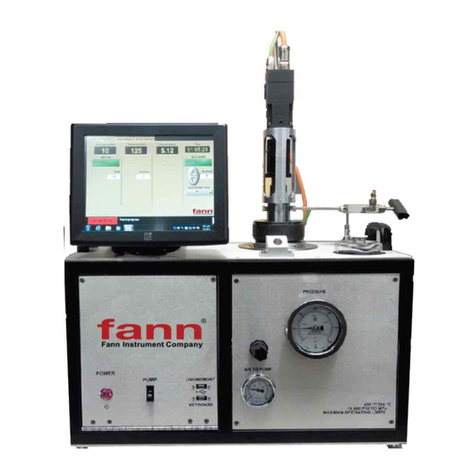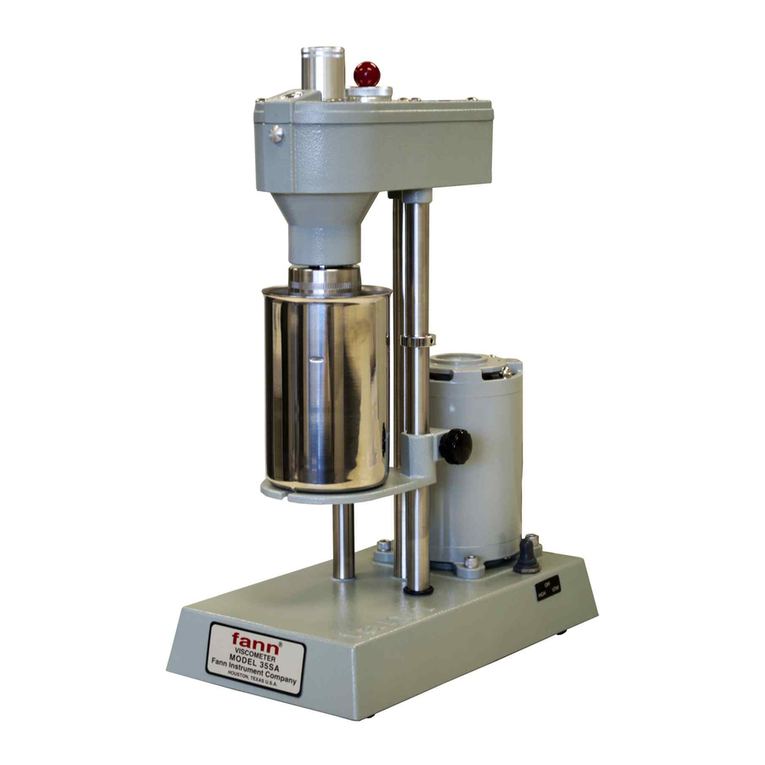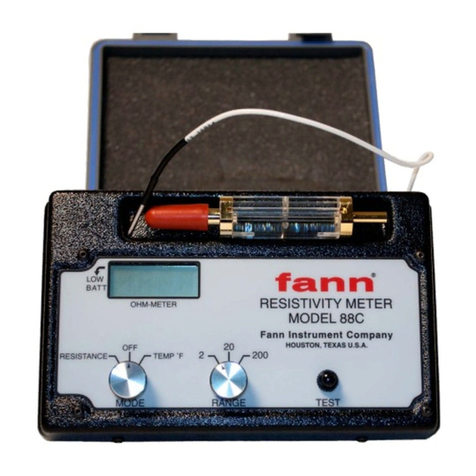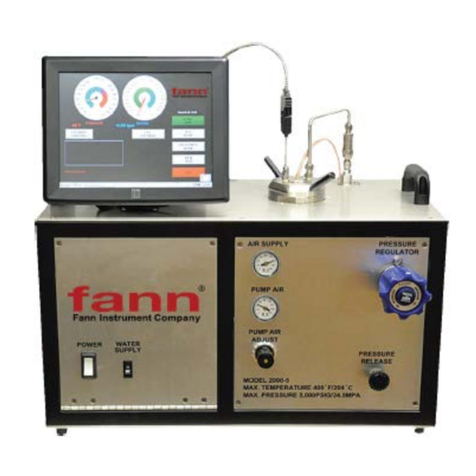
Model 640 & 640CC Instruction Manual
D01206676 Revision A February 2016 3
Table of Contents
1 Introduction ..............................................................................................................6
1.1 Document Conventions....................................................................................7
2 Safety.......................................................................................................................8
2.1 Safe Pressurization ............................................................................................8
2.2 Safe Heating ......................................................................................................8
2.3 Safe Electrical Operation....................................................................................8
3 Instrument Overview ................................................................................................9
4 Specifications.........................................................................................................10
5 Installation..............................................................................................................11
6 Touchscreen Software ...........................................................................................14
6.1 Using the Touchscreen ..................................................................................14
6.2 View Test.......................................................................................................14
6.3 Instrument Setup............................................................................................15
6.4 Calibrate Temperature/Calibrate Pressure.....................................................15
6.5 Sample Rate ..................................................................................................15
6.6 Units...............................................................................................................16
6.7 Archive Data ..................................................................................................16
6.8 Edit Instrument...............................................................................................16
7 Test Setup..............................................................................................................17
7.1 Temperature Control (Pressure When Available) ...........................................17
7.2 Hesitation Squeeze........................................................................................18
7.3 Optional Parameters and Profile Saving.........................................................19
8 Start Test ...............................................................................................................20
8.1 Live Testing Screen........................................................................................20
9 Stopping a Test......................................................................................................21
9.1 Software Upgrades ........................................................................................21
9.2 Using the USB Memory and Printer................................................................21
10 Front Panel Controls ..............................................................................................22
10.1 Hydraulic Pressure Controls...........................................................................22
10.2 Pneumatic Controls........................................................................................23
10.3 Cooling Water Controls..................................................................................24
10.4 Other Electrical and Electronic Controls.........................................................24
11 Operation and Calibration.......................................................................................26
11.1 Running a Thickening Time Test....................................................................26

































